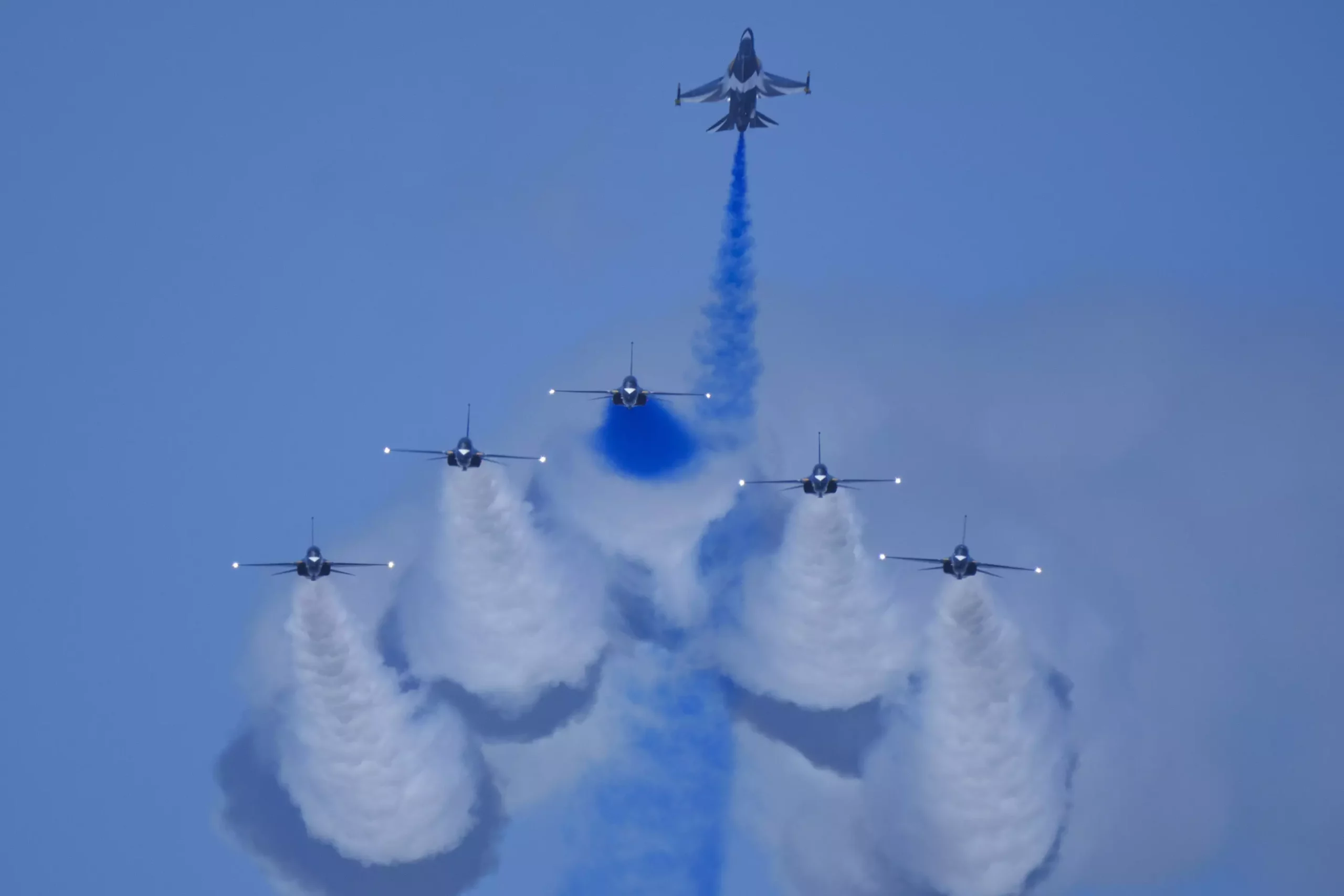The Singapore Airshow, Asia’s largest aviation event, has marked a pivotal moment for the industry by opening its doors to the public after a hiatus due to the COVID-19 pandemic. With over 1,000 exhibitors and a wide array of aerial displays, this year’s show signifies the resumption of crucial business activities and showcases the latest advancements in technology and innovation within the aviation sector.
The highlight of the airshow was the debut of China’s COMAC C919 narrow-body airliner, signaling the company’s ambition to compete with industry giants like Airbus and Boeing. The event also featured impressive aerial displays by various air forces, demonstrating the prowess of different aircraft and showcasing the capabilities of the latest models. As the aviation sector witnesses a resurgence in passenger loads and travel demand, industry experts are optimistic about the growth potential in the Asia Pacific region.
While the aviation sector is experiencing a revival, it is not without its challenges. The industry is grappling with supply chain disruptions, shortages of essential components, and a lack of skilled personnel. These issues have hindered the timely delivery of aircraft and spares, causing capacity growth to lag behind traffic growth. The uncertainties surrounding trade tensions and geopolitical conflicts further complicate the situation, raising questions about the long-term sustainability of the industry’s recovery.
China’s COMAC made headlines at the airshow with a significant order from Tibet Airlines for its C919 and ARJ21 passenger jets, highlighting the company’s growing presence in the commercial aviation market. With over 1,000 orders for the C919, COMAC is positioning itself as a formidable competitor to established manufacturers. The company’s efforts to localize production and reduce reliance on Western suppliers underscore its ambition to become a leading player in the single-aisle jet segment.
Amidst the excitement of new aircraft orders and aerial displays, the airshow also focused on sustainable aviation practices and future innovations. Airbus showcased its A350-1000 aircraft using a blend of sustainable aviation fuel, promoting environmental responsibility in the industry. Hyundai’s Supernal unit, specializing in advanced mobility aircraft like air taxis, underscored the potential for revolutionary advancements in aviation technology. These developments align with the industry’s commitment to reduce carbon emissions and embrace cleaner, more efficient aviation solutions.
As the Singapore Airshow draws to a close, the impact of the event on the aviation industry is evident. From showcasing cutting-edge technology to addressing key challenges facing the sector, the airshow has provided a platform for industry stakeholders to collaborate, innovate, and shape the future of aviation. With a renewed focus on sustainability, technological advancement, and global partnerships, the Singapore Airshow sets the stage for a new era in aviation that promises to redefine the way we fly and connect the world.


Leave a Reply